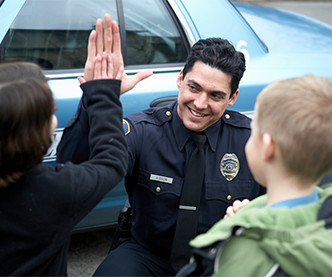Three Reasons Why The Situational Leadership® Approach Is Effective
The Center For Leadership Studies
JUNE 8, 2023
Strengths of the Situational Leadership ® Model Organizations have an ever-expanding spectrum of criteria that determines why they adopt one leadership methodology over another. What would explain the popularity of this model over the last six decades with all those people? Accessibility is a big one these days.











Let's personalize your content